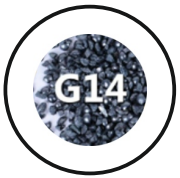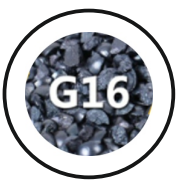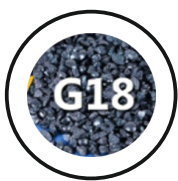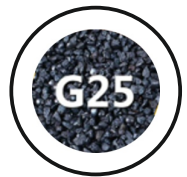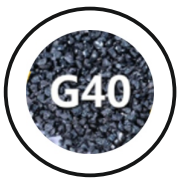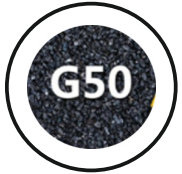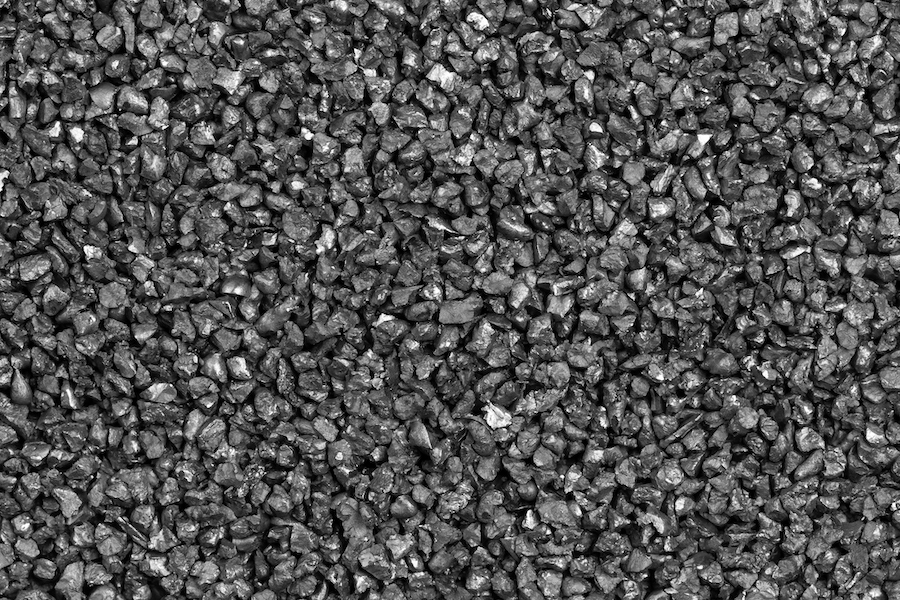
Engineered Steel Grits for Effective Surface Preparation
Overview
Steel grits are a type of abrasive material used in various surface preparation processes, such as cleaning, deburring, and cutting. They consist of angular grains made of hardened steel, which are utilized to remove surface contaminants, enhance metal surfaces, and prepare surfaces for further treatment.
Specifications
Microstructure: Tempered Martensite
Shape: Angular
Density: 7 gm/cc
Hardness Categories
GH (High Hardness): 60-65 HRC
GL (Low Hardness): 40-50 HRC
GP (General Purpose): 50-60 HRC
Chemical Composition
Carbon: 0.8 – 1.2%
Manganese
G12 – G25: 0.35 – 1.2%
G40: 0.50 – 1.2%
G50 & larger: 0.60 – 1.2%
Applications
Surface Cleaning: Removal of rust, scale, paint, and other contaminants from metal surfaces.
Cutting and Grinding: Effective in cutting and grinding applications for hard materials.
Deburring: Removing burrs and sharp edges from metal parts to improve safety and finish.
Surface Preparation: Prepping surfaces for coating or painting by creating an optimal surface profile.
Advantages
Durability: Steel grits are highly durable and can be reused multiple times before degrading.
Efficiency: Provides quick and effective cleaning and surface preparation.
Cost-Effective: Long lifespan and reusability reduce overall operational costs.
Consistency: Produces uniform surface finishes due to the angular shape of the grains.
Grades and Sizes
Steel grits come in various grades and sizes to cater to different applications and desired surface finishes.
Common grades include G12, G25, G40, G50, etc., with the number indicating the grit size.
Safety and Handling
Protective Equipment: Operators should wear appropriate protective gear, including gloves, goggles, and respirators, to avoid inhalation of dust and contact with skin.
Storage: Store in a dry, cool place to prevent rusting and contamination.
Handling: Handle with care to avoid generating dust and ensure even distribution during blasting processes.
Standards
Steel grits typically conform to industry standards such as SAE (Society of Automotive Engineers) J444 and ISO (International Organization for Standardization) 11124-3, ensuring quality and consistency in its properties and performance.




